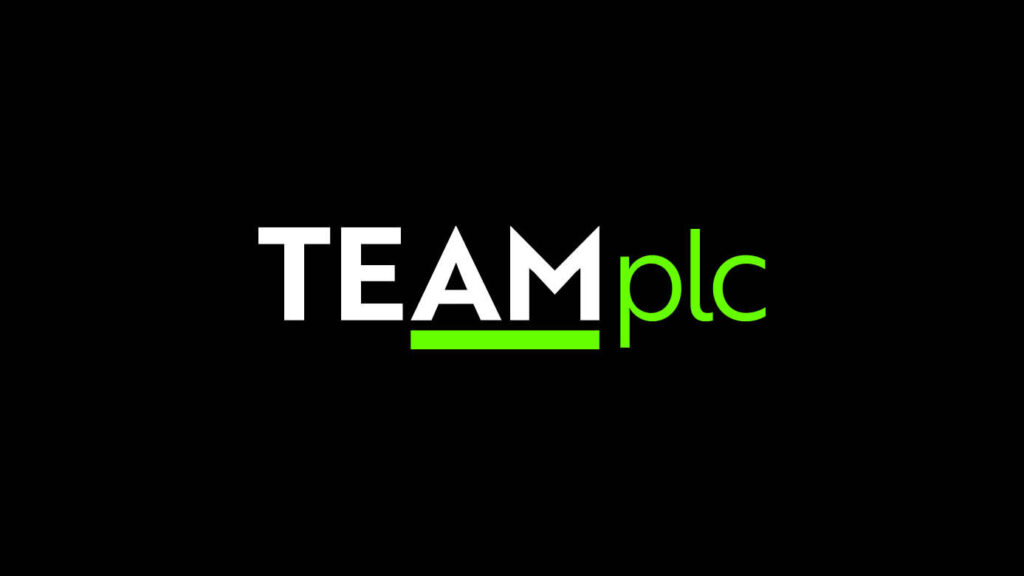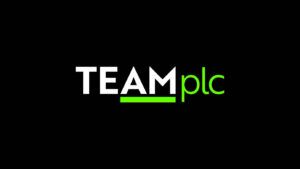TEAM plc (LON:TEAM) Head of Multi Asset Investments Craig Farley caught up with DirectorsTalk for an exclusive interview to discuss Q1 market performance, reading the mixed market signals, asset price performance and asset allocation in Q2.
Q1: Contrary to expectations, Q1 started strongly but by March the picture looked very different. What shaped market performance in Q1?
A1: Really, we had a market narrative that was in constant flux, largely around expectations of a pause or pivot in interest rates by central banks.
So, if we recap the quarter, the consensus coming into 2023 was for a mild recession, soft landing scenario. Hotter than expected data led by the US quickly caused a shift in expectations to a no landing, no recession scenario before a US regional mini-banking crisis reinforced takeover of Credit Suisse by UBS. That temporarily triggered concerns over a possible deep recession, hard crash landing.
All in all, the one constant through the quarter was elevated volatility across asset classes. I think the surprise for many was the resilience of the equity and credit markets.
Q2: Mixed signals make it difficult to read where the market might head next, equity and credit markets suggest resilience but other asset markets tell a different story. What are the factors that we should be considering?
A2: We’re just about to hit really the belly, if you like, of the Q1 earnings season. Stocks have actually rebounded surprisingly strongly coming into the reporting period, and that suggest perhaps the aggregate numbers won’t be as bad as anticipated.
The consensus is roughly for an 8% contraction in this coming period and really if October 2022 proves to be the major market low for this cycle, what we would expect to see is earnings stabilise and then re-accelerate over the next two reporting periods.
So, a few factors that the market’s going to be watching:
- The first is financials and the ongoing potential fallout from the March mini crisis. We’ve had some of the major banks reports so far, JPMorgan, City, Wells Fargo and Bank of America, Merrill Lynch, those earnings have actually been pretty well received. On the flip side, Charles Schwab reported a really nasty number last week and that potentially points to greater risks or more instability ahead for some of the smaller regional banks that have suffered from the acute deposit withdrawals over the past several weeks.
- Then we’ll be looking at the skew of earnings so there is a profit contraction expected, a large part of that is anticipated to come from both technology and pharma sectors, they have been the big winners post the pandemic. So, outside of those sectors, the trend we’re looking for really is a reversion to post pandemic normalisation rather than outright recession.
- Finally, guidance from companies is going to be critical so any trends we can discern with regard to pricing and demand are going to be important. We’ll have a much clearer sense of the path ahead, hopefully in the next two weeks or so when two thirds of the S&P large cap companies will have reported.
Q3: Craig, what signals are you keeping a close eye on that will determine asset price performance?
A3: I think front and centre, recession or no recession remains the key element here as to whether we revisit and test the October 2022 lows or we break out to fresh new highs for the cycle.
Signals from asset markets are very mixed, the resilience of the American economy led by the consumer has certainly been the major surprise for markets over the past six months or so. Federal tax receipts are up over $1trillion since 2020, some of the personal savings data in the US has also just been revised recently, fairly upwards, fairly sharply suggesting that household balance sheets are in better shape than many had expected.
That syncs really with what we’ve seen from equity and credit markets and the macro data.
On the flip side of that, there are signs of potentially bumpier path ahead. So, bond markets really are screaming out that a recession is all but guaranteed and that the Fed needs to pivot here rather than continue its path of rate hikes.
We’re also watching very closely the commercial and industrial loans market, this is a $3 trillion business for banks in the US. It is the lifeblood of small companies that really have been the engine drivers, both in terms of hiring and growth really for the past two decades in the US, but particularly in the post pandemic period.
What we’re seeing of late is the net percentage of banks really tightening their lending standards, reducing loans to that small business sector and that has traditionally spelled trouble for the economy. The impact from tightening those standards to growth in the US is quite short, it’s only 2-3 quarters in terms of the lag time so we’d expect to see some evidence of that pressure coming through over the summer months.
That’s really been corroborated by a number of coincident economic indicators. The small business survey is one pointing to a very sharp downturn in hiring plans, compensation for employees and also end price demand. We’ve seen the same from the ISM Manufacturing and the recent retails sales numbers.
The bottom line from that is that the Fed really is back behind the curve again, it’s considering raising rates at least once, if not twice, when really it should be pausing at the very least or cutting. That suggests that we’re clearly not out of the woods just yet.
Q4: Could you talk about asset allocation as we enter Q2, what are your conviction views on long and short?
A4: In terms of positing here at TEAM plc, our data driven investment framework is certainly indicating to us to tread carefully as we await further evidence that the worst is behind us.
We have effectively risk-free rates at 5% now with no volatility, that is sucking capital out of banks particularly the regionals and that suggests to us that good defence rather than blindly chasing pockets of risk is our stance.
In terms of asset classes, we are underweight equities with the preference towards Japan, emerging markets, and Europe within fixed interests. We’re broadly neutral with a preference for selective corporate bonds, high yield, and emerging markets sovereign bonds.
Really, I think the key differentiator in terms of our positioning is our strong overweight to the alternative space, particularly in the commodities sector. So, we have a healthy exposure to physical gold and gold miners, some of the ex gold and silver metals miners, and we also continue to favour energy commodities which continue to provide strong sector diversification. We also see the stars lining up for a potential upside risk to oil in 2023.
On the flip side of that, the underway to a short really would be to avoid real estate where we see roughly $200 billion worth of real estate risk is distressed. Within that sector, commercial property outlook there looks even more challenging, it’s facing declining occupancy rates, rising defaults, and falling appraisal values. Against that, you’ve got rising funding costs and that for us is a perfect storm.
So, whilst it’s not necessarily a contentious or contrarian view, we’re just not prepared to be stepping in and buying that sector just yet.


